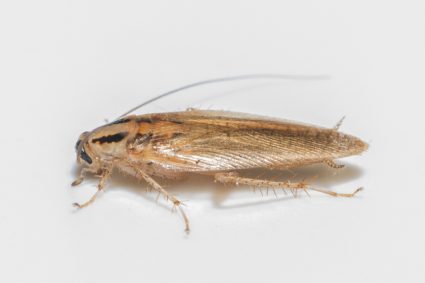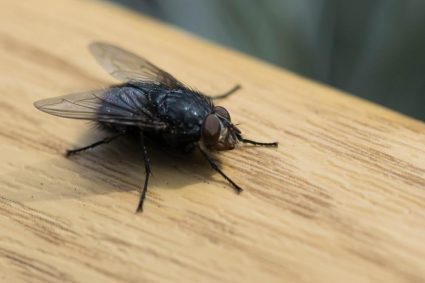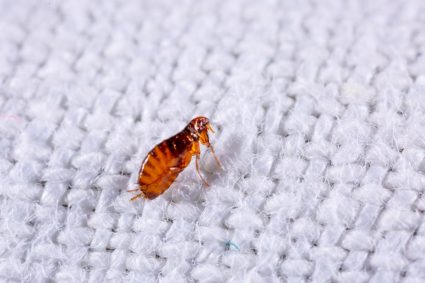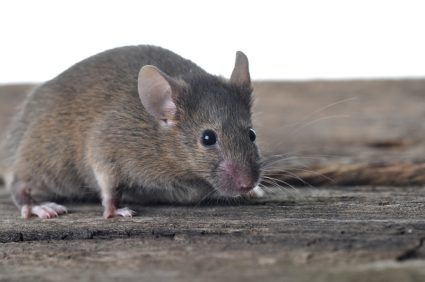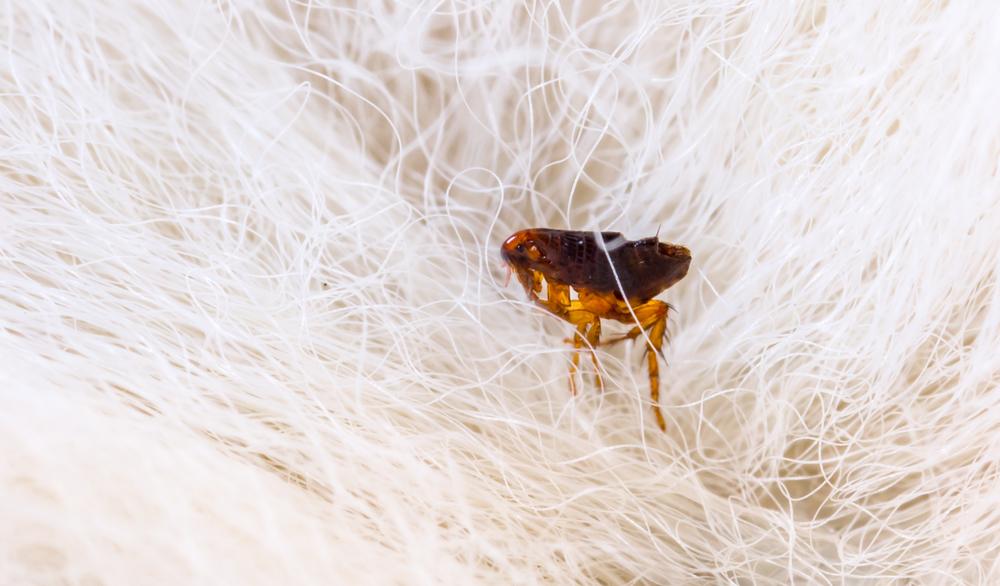
Fleas are a common nuisance for pet owners and gardeners alike. These tiny, blood-sucking pests can infest your yard and cause discomfort to both your pets and family. But how do they get there in the first place? Let’s dive in and find out.
Fleas typically get into your yard by hitching a ride on animals such as pets or wildlife like raccoons, opossums, and deer. They thrive in damp, shady, and humid environments often found in areas with tall grass, under shrubs, or in debris. Conditions like overgrowth, excess moisture, shade, debris, wildlife, and warm weather can make your yard more attractive to these pests.
Primary Sources of Fleas in Your Yard
Fleas typically enter your yard by hitching a ride on animals. Pets like dogs and cats, as well as wildlife such as raccoons, opossums, deer, coyotes, skunks, stray cats, and rodents, can bring fleas into your yard. Fleas thrive in damp, shady, and humid environments, often found in areas with tall grass, under shrubs, or in debris.
Conditions That Attract Fleas
Several conditions can make your yard more susceptible to flea infestation:
- Overgrowth: Fleas prefer hiding places like tall grass and weeds.
- Excess moisture: Overwatering your lawn can attract fleas.
- Shade: Fleas prefer shady areas.
- Debris: Wood piles, leaf piles, and other debris can serve as flea havens.
- Wildlife: Wild animals can bring fleas into your yard.
- Warm weather: Fleas are more active and reproduce faster in warm weather.
Spotting a Flea Infestation
Flea infestations often go unnoticed until it’s too late. Here are some signs to look out for:
- Excessive scratching by pets: Fleas often latch onto pets, causing them discomfort.
- Flea dirt: Flea droppings or ‘flea dirt’ are tiny black or reddish-brown specks.
- Presence of wildlife: Frequent visits by wildlife can indicate a flea problem.
Prevention and Treatment
Preventing flea infestations is always better than having to deal with them. Here are some strategies:
- Regular yard maintenance: Keep your grass short and remove debris.
- Natural repellents: Diatomaceous earth and flea-repellent plants like mint and citronella can be effective.
- Insecticides: Products like Talstar PL Granules or Bifen Granules can help.
- Flood the yard: Fleas cannot survive in flooded areas, so watering your lawn thoroughly can help eliminate them.
If your yard is already infested, consider these treatments:
- Diatomaceous earth: This natural powder can kill fleas by dehydrating them.
- Insecticides: Flea-killing insecticides can be highly effective.
- Beneficial nematodes: These microscopic worms feed on flea larvae.
- Flea spray: Mixtures, such as eucalyptus oil and water, can repel fleas.
Remember that treating your pets and home for fleas simultaneously is necessary to prevent reinfestation.
Risks of Flea Infestation
Fleas pose risks to both pets and humans. They can cause skin irritation and discomfort, and in some cases, transmit diseases like plague, flea-borne typhus, and cat scratch disease.
Conclusion
Fleas are more than just a nuisance; they’re a potential health risk. By understanding how they get into your yard and taking preventive measures, you can keep your yard flea-free and protect your family and pets.
Frequently Asked Questions
What other pests can I expect with a flea infestation?
Flea infestations often come with other pests like ticks and mosquitoes. These pests also thrive in similar conditions and can pose additional health risks.
How long does it take for fleas to be eliminated from my yard?
The time it takes to eliminate fleas from your yard can vary depending on the severity of the infestation and the treatment method used. With regular and thorough treatment, you may see a significant reduction within a few weeks.
Can I use the same insecticides for my pets as I use in my yard?
No, you should not use the same insecticides on your pets as you do in your yard. Pet-specific flea treatments are designed to be safe for pets, while yard insecticides can be harmful if ingested or applied directly to your pet’s skin.
How often should I treat my yard for fleas?
The frequency of treatment depends on the severity of the infestation. If the infestation is severe, you may need to treat your yard every 7-14 days. For preventive maintenance, treating your yard once a month is typically sufficient.
Can fleas infest my home?
Yes, fleas can infest your home. They can hitch a ride on pets or clothing, and once inside, they can lay eggs in carpets, upholstery, and other areas. Regular cleaning and treating your pets for fleas can help prevent home infestations.
Are there any flea treatments that are safe for my vegetable garden?
Yes, there are several non-toxic, natural flea treatments that are safe for vegetable gardens. Diatomaceous earth and beneficial nematodes are two examples. Always check the label to ensure a product is safe for use around edible plants.



